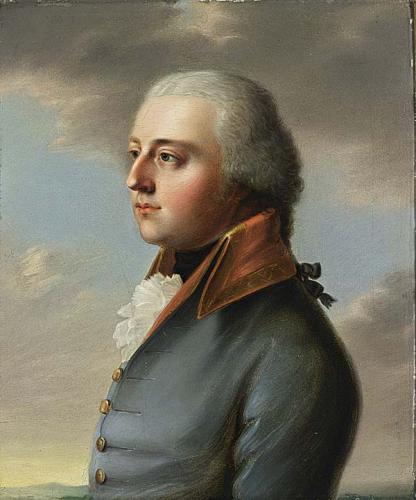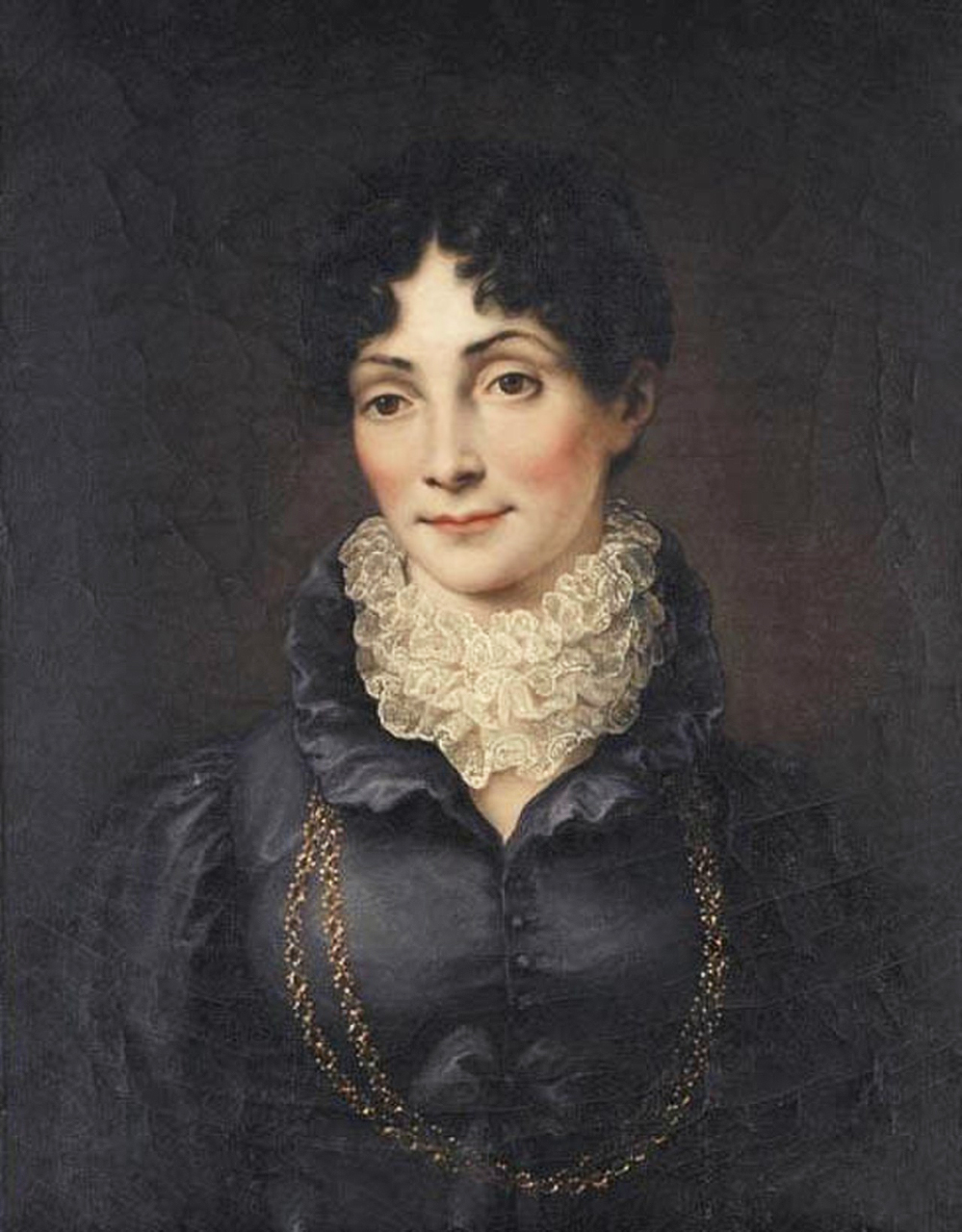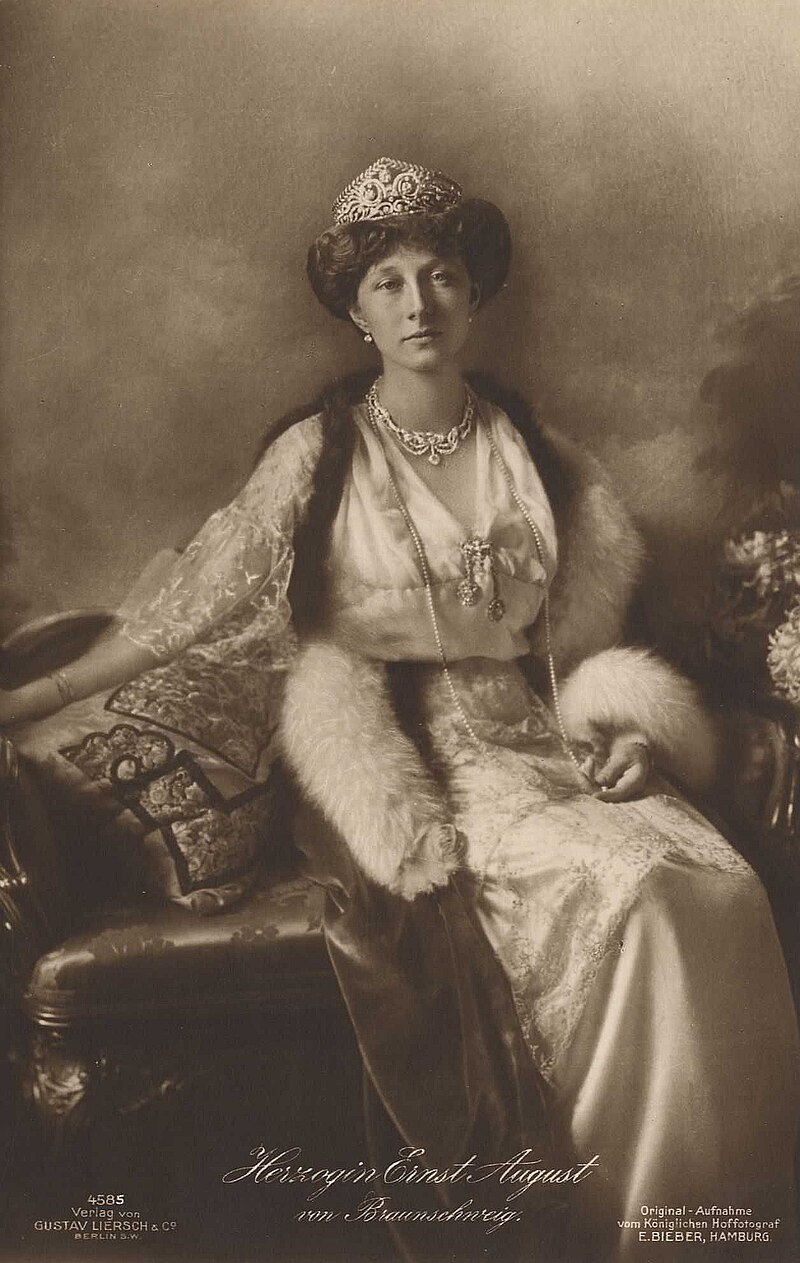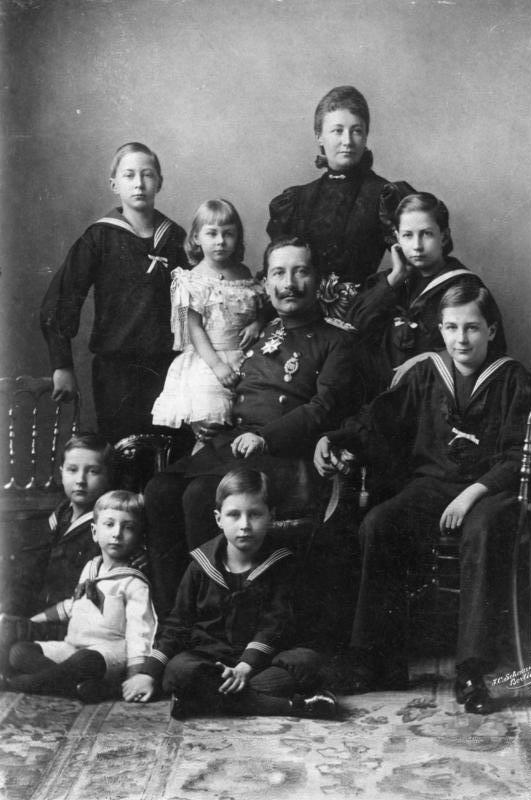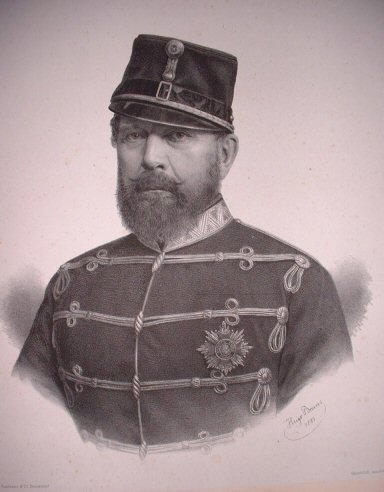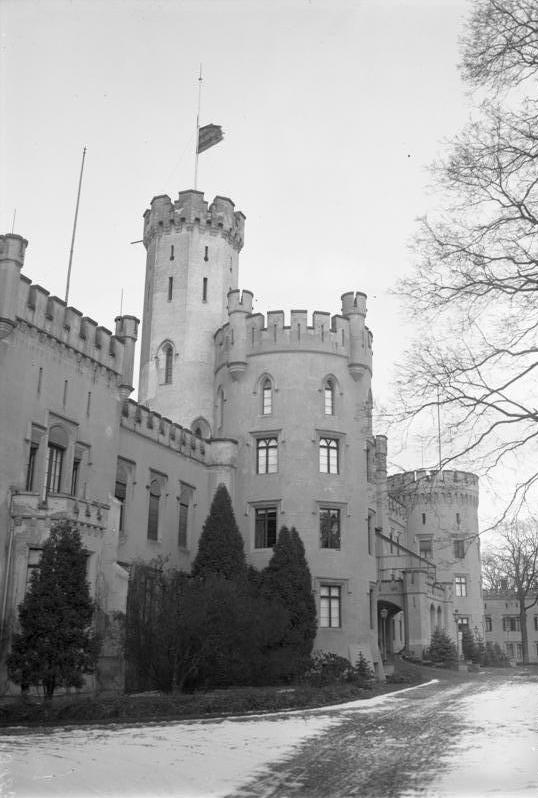by Scott Mehl © Unofficial Royalty 2018
Duchy of Saxe-Altenburg: The Duchy of Saxe-Altenburg was created in 1826 when Friedrich, Duke of Saxe-Hildburghausen became Duke of Saxe-Altenburg. After Friedrich IV, Duke of Saxe-Gotha-Altenburg died in 1825 without heirs, the Ernestine duchies were reorganized. Gotha passed to the Duke of Saxe-Coburg-Saalfeld becoming the Duchy of Saxe-Coburg and Gotha and Altenburg passed to Friedrich. In exchange, the two Dukes ceded Saalfeld and Hildburghausen, respectively, to the Duke of Saxe-Meiningen.
As World War I ended, the last Duke of Saxe-Altenburg, Ernst II, was one of the first German sovereigns to realize that major changes were coming and quickly arrived at an amicable settlement with his subjects. He abdicated on November 13, 1918. Today the territory that encompassed the Duchy of Saxe-Altenburg is located in the German state of Thuringia.
********************

Ernst I, Duke of Saxe-Altenburg; Credit – Wikipedia
Ernst I was the longest-reigning Duke of Saxe-Altenburg, reigning from 1853 until 1908. He was born Prince Ernst Friedrich Paul Georg Nikolaus of Saxe-Hildburghausen on September 16, 1826, to the future Georg, Duke of Saxe-Altenburg and Duchess Marie Luise of Mecklenburg-Schwerin. Just two months after his birth, his title changed to Prince of Saxe-Altenburg, when his grandfather Friedrich ceased to be Duke of Saxe-Hildburghausen and became Duke of Saxe-Altenburg. Ernst had two younger brothers:
- Prince Albrecht (1827-1835) – died in childhood
- Prince Moritz (1829-1907) – married Princess Auguste of Saxe-Meiningen, had issue
Ernst attended the University of Jena from 1840 until 1843 along with his brother, Moritz. He then continued his education in Lausanne. In 1845, he began his military training, serving with the Saxe-Altenburg forces and then with the Prussian Army. After completing his education at the University of Leipzig, he became a First Lieutenant in the 1st Foot Guards Regiment in Potsdam.

Ernst’s wife, Agnes of Anhalt-Dessau. source: Wikipedia
Ernst married Princess Agnes of Anhalt-Dessau on April 28, 1853, in Dessau, Duchy of Anhalt, now in the German state of Saxony-Anhalt. She was the daughter of Leopold IV Friedrich, Duke of Anhalt and Princess Friederike of Prussia. They had two children:
- Princess Marie (1854-1898) – married Prince Albrecht of Prussia, had issue
- Prince Georg (born and died 1856) – died in infancy
Ernst I succeeded his father as Duke of Saxe-Altenburg on August 3, 1853. Unlike his predecessors, he left much of the running of the duchy to his ministers, preferring to focus his attention on social issues, and his personal pursuits. However, he remained very active in cultivating the duchy’s relationship with Prussia and the other German states. He joined Prussia in the Austro-Prussian War of 1866, although his forces were never involved in actual battles. For his efforts, he was given a guarantee of independence for Saxe-Altenburg, at a time when Prussia was annexing other territories, including the Kingdom of Hanover. Again joining the Prussians for the Franco-Prussian War in 1870, Ernst joined the military staff of Friedrich Franz II, Grand Duke of Mecklenburg-Schwerin. He later joined the staff of the 4th Army Corps, participating in the siege of Paris and the battles on the Loire.

Jagdschloss Hummelshain. photo: by Michael Sander – Own Work (self photographed), CC BY-SA 3.0, https://commons.wikimedia.org/w/index.php?curid=10112948
Meanwhile, at home, Ernst reorganized the government and helped to develop Altenburg into one of the major industrial cities in Germany. He oversaw the construction of a court theater in 1871 and was instrumental in establishing the Lindenau Museum several years later. An avid huntsman, he spent much of his time at the Jagdschloss Hummelshain, the family’s hunting lodge. After the lodge was destroyed by fire in 1872, Ernst oversaw the construction of a new, much more opulent lodge that was completed in 1885. In 1903, Ernst commissioned the construction of a memorial church in honor of his wife who had died six years earlier. The Duchess Agnes Memorial Church was completed in 1906, and Ernst had his wife’s tomb moved to the crypt there, along with that of their son Georg who had died in infancy.

The Duchess Agnes Memorial Church. photo: by User:WikiABG – Self photographed, CC BY-SA 2.5, https://commons.wikimedia.org/w/index.php?curid=875509
After a reign of nearly 55 years, Ernst I died in Altenburg, Duchy of Saxe-Altenburg, now in Thuringia, Germany, on February 7, 1908. He was buried in the crypt at the Duchess Agnes Memorial Church in Altenburg with his wife and son. As he had no living male heir, he was succeeded by his nephew Ernst II, the son of his brother Moritz.
This article is the intellectual property of Unofficial Royalty and is NOT TO BE COPIED, EDITED, OR POSTED IN ANY FORM ON ANOTHER WEBSITE under any circumstances. It is permissible to use a link that directs to Unofficial Royalty.
Saxe-Altenburg Resources at Unofficial Royalty












